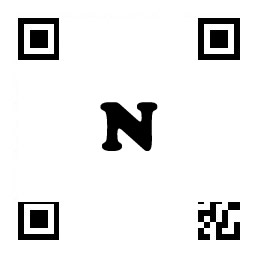规格
|
|
Assay Entry:
|
Cell-based beta lactamase reporter gene |
|
Cell Line:
|
CHO-K1 |
|
Cell State:
|
Dividing Cells |
|
Druggable Target:
|
Signaling Pathway |
|
Product Line:
|
CellSensor™ |
|
System Type:
|
CellSensor™ |
|
Target Entry:
|
PKC and calcium pathway, TRKC |
|
Detection Method:
|
Fluorescent |
储存
|
CellSensor® TrkC-NFAT-bla CHO-K1 cells are shipped on dry ice. Store in liquid nitrogen immediately upon receipt, or thaw
for immediate use. |
Neurotrophins (NGF, BDNF, NT-3, and NT-4) and their transmembrane receptors (TrkA, TrkB, TrkC, and P75NTR) play important roles in the regulation of neuronal and non-neuronal cell proliferation, differentiation, survival, and death. Neurotrophin signaling also mediates higher-order neuronal activities, such as learning, memory, and behavior. Alterations in neurotrophin levels and their receptors have been implicated in neurodegenerative disorders such as Alzheimer's disease and Huntington's disease, as well as psychiatric disorders. Neurotrophins propagate their signal through activating multiple signaling pathways. One of the signaling pathways of NT-3 (the ligand for TrkC) activates phospholipase C, releasing DAG and IP3, increasing downstream intracellular calcium, and activating protein kinase C. This in turn promotes the translocation of the transcription factor-nuclear factor of activated T-cells (NFAT)-from the cytosol into the nucleus, resulting in NFAT-dependent transcription. The CellSensor® TrkC-NFAT-bla CHO-K1 Cell Line was engineered by integrating the human TrkC expression plasmid into the genome of the CellSensor® NFAT-bla CHO-K1 cell line, which is engineered to express beta-lactamase under the control of NFAT. This cell line has been tested for assay performance under variable conditions, including DMSO concentration, cell number, stimulation time, substrate loading time, and in cryopreserved cells, and has been validated for Z'-factor and EC50 values under optimized conditions using NT-3. Additional testing information using various small-molecule inhibitors and RNAi has been performed.
























 微信小程序
7X24小时在线咨询
微信小程序
7X24小时在线咨询